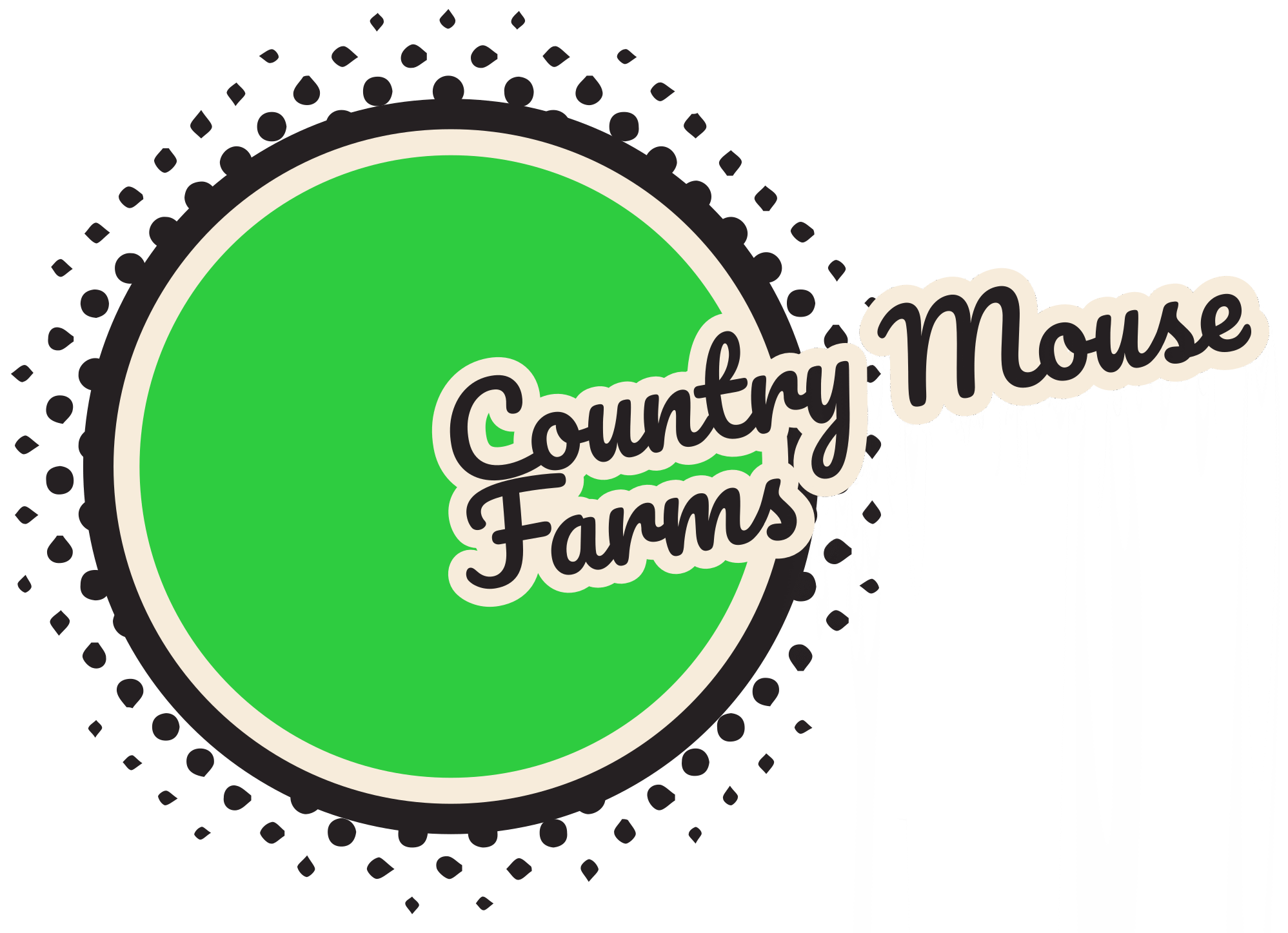♻️ Composting for Beginners: How to Turn Scraps Into Soil (Even If You Live in an Apartment)
Estimated Reading Time: 4 min read
Keywords: composting for beginners, indoor composting, small space compost, kitchen scrap compost, apartment composting, how to compost at home
Composting is basically magic. You take the stuff you’d normally throw away—banana peels, coffee grounds, eggshells—and let nature turn it into rich, dark, nutritious soil. No chemicals, no waste, and no backyard required.
Whether you live in a house, an apartment, or a studio with one window, you can compost. Let’s break it down.
Why Compost?
- Reduce kitchen waste by up to 40%.
- Feed your plants with homemade, chemical-free fertilizer.
- Save money on store-bought soil amendments.
- Connect with nature and the cycle of growth and decay (a great lesson for kids!).
And no, it doesn’t have to smell like a dumpster.
What You Need to Start Composting
You only need a few simple things:
- A container (bucket, bin, or tote with a lid)
- Airflow (drill a few holes or buy a bin with vents)
- Scraps + balance (keep your greens and browns in check)
You’re building a recipe, and it’s all about layers.
🟢 Greens (wet stuff, high in nitrogen):
- Fruit and veggie peels
- Coffee grounds
- Tea bags (check if they’re plastic-free)
- Fresh grass clippings
🟤 Browns (dry stuff, high in carbon):
- Shredded newspaper
- Dead leaves
- Cardboard
- Paper towels
💡 Pro Tip: Aim for 2 parts brown to 1 part green. Think lasagna, not salad.
Yes, You Can Compost Indoors!
If you don’t have outdoor space, try one of these methods:
🪱 Vermicomposting (Worm Bin)
- Red wigglers eat your scraps and turn them into rich castings.
- Great for under the sink, closet, or corner shelf.
- No smell if done right—and kids love it!
🪣 Bokashi Composting
- Uses helpful microbes to ferment food scraps in an airtight bin.
- Good for meat and dairy (which most other composting avoids).
- Needs a second stage (like burying or adding to a larger bin later).
🧺 Countertop Composting
- Use a small bin with a carbon filter for smells.
- Transfer scraps to a larger bin or city pickup when full.
How to Know It’s Working
- It should feel damp like a wrung-out sponge, not soggy.
- It should smell earthy, not stinky.
- You might see bugs (good!), heat (great!), or worms (awesome!).
Turn or stir it every few days to keep air flowing and decomposition moving.
How Long Until It’s Ready?
In 2–3 months, your scraps will transform into “black gold.” You’ll know it’s done when:
- It’s crumbly, like soil.
- It smells rich and earthy.
- You can’t see eggshells, stems, or other chunks.
Use it in your garden beds, containers, or even to top off houseplants.
Vocabulary Corner
- Compost: Decomposed food and yard waste used as soil.
- Greens: Moist materials high in nitrogen (like veggie peels).
- Browns: Dry materials high in carbon (like paper).
- Aeration: Mixing to add air and speed up breakdown.
- Leachate: Liquid that drains from compost—good in small doses.
- Vermicomposting: Composting using worms.
- Bokashi: A sealed, fermented method of composting.
- Humus: Finished compost that looks like rich, black dirt.
Final Thoughts
You don’t need a backyard—or even a balcony—to turn scraps into soil. Composting is a small, powerful act of rebellion against waste and chemical dependency. It’s a way to teach your kids where food comes from and where it can go.
Start with a bucket and a banana peel. You’ll be amazed what grows from there.
